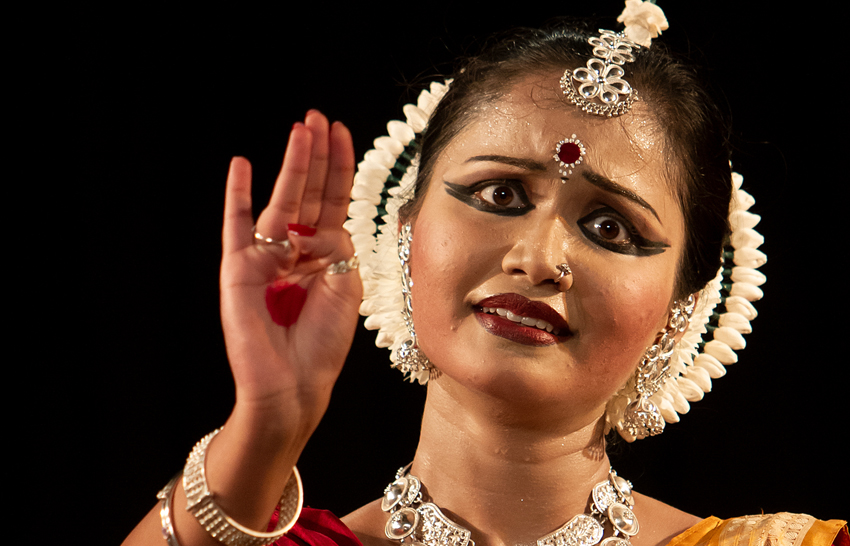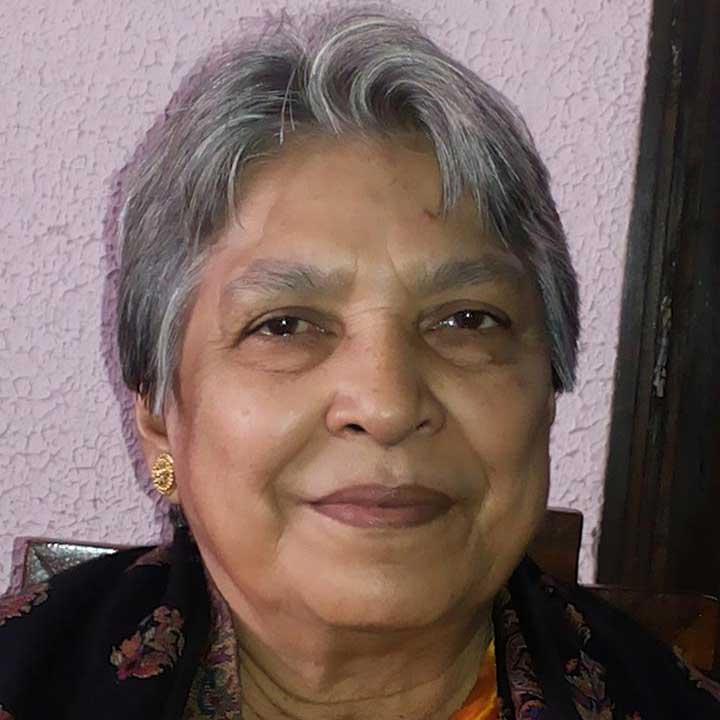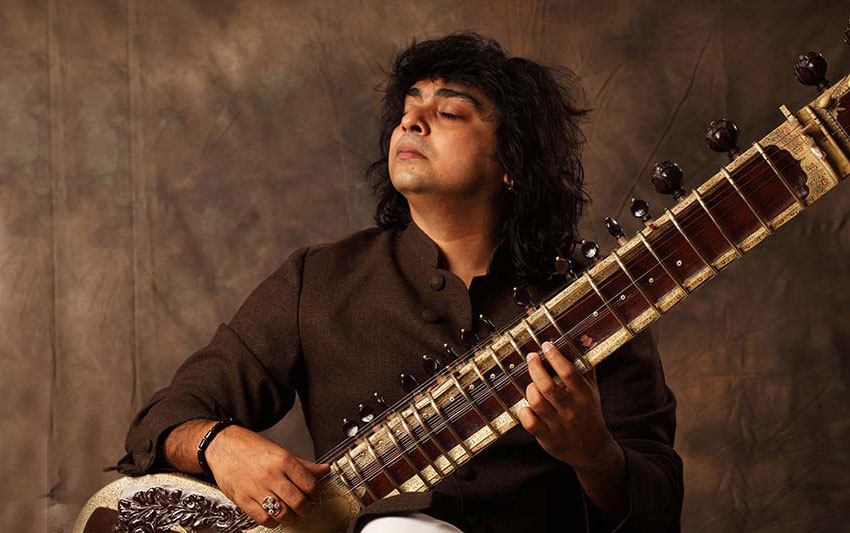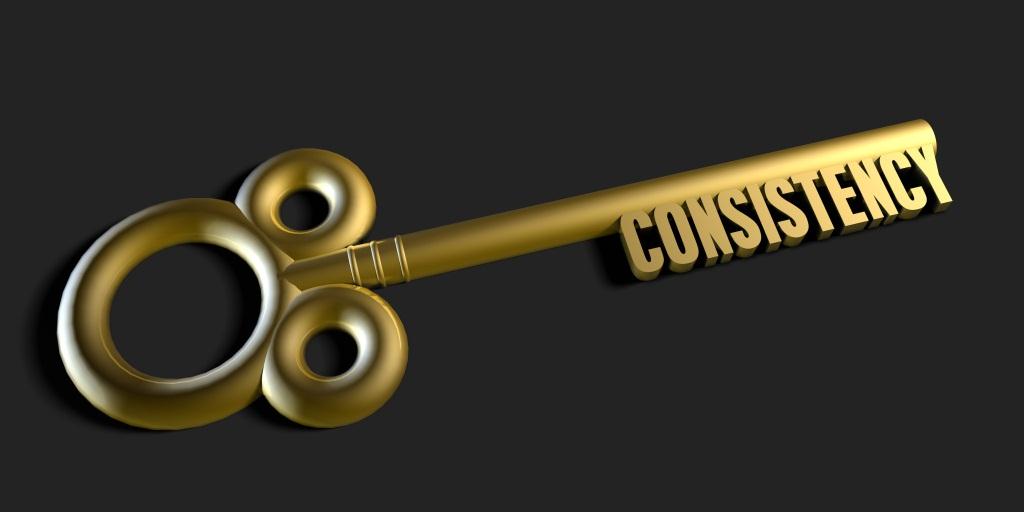Prachi Hota started training in Odissi at the age of three, under the well-acclaimed Odissi dancer, Guru Smt. Arpita Venkatesh at Kolkata. After shifting to Delhi, in 2004, she began training under Guru Shri Hare Krishna Behera and remained under his tutelage for nine years. Due to Guruji’s ill-health and subsequent demise, she is now pursuing her training under Guru Smt. Y Asha Kumari. She has also received guidance from Padmashri Guru Smt. Kumkum Mohanty, Padmashri awardee Guru Smt. Aruna Mohanty and Guru Kavita Dwivedi.
She has completed twenty years of training in the form and has been performing as a professional artist for the past eleven years performing in many festivals of national and international repute, both in India and abroad. A Visharad in Odissi from the Akhil Bharatiya Gandharva Mahavidyalaya Mandal, she has been honoured with many an award and titles such as the National Scholarship from the Centre for Cultural Research and Training, Government of India, Padmavati Yuva Pratibha Puraskar, Nritya Vilasini, Natya Bhramari, Subhadra Samman, Devadasi Ananyaa Nartaki Puraskar, Natyakala Chathura and Nritya Vidushi at a very early age.
She is also trained in the Sitar and Hindustani vocal music and is a young and upcoming filmmaker who has previously received training from the London Film Academy, United Kingdom and Prague Film School, Czech Republic. She is currently pursuing her Master’s in Filmmaking at the London Film School, United Kingdom. Aseem, a short documentary written, directed and edited by Prachi, on the life of (Padma Shri awardee) Adiguru Shri Pankaj Charan Das, who laid the foundation for Odissi as we see it today, was screened at the 25th Guru Pankaj Utsav, on the occasion of Adiguruji’s 100th birth anniversary celebrations. It received wide appreciation from the fraternity as a whole for its content and presentation.
She has been associated with Project Anjuman, as part of which, a set of young and motivated artists conduct workshops in government schools across Delhi to help develop in students the 21st-century skills of creativity, collaboration, communication and critical thinking. She also organises seminars about dance titled Samanubhāsanā – Conversations On Indian Dance to create a space for discussing issues that affect Indian dance today.
In AIDA, International online Classical Dance Festival season 2 celebrated Param 2020, Prachi performed Hamsadhwani Pallavi, which is one of the oldest choreographies of Guru Shri Kelucharan Mohapatra, who needs no introduction. A Pallavi is a Nritta or pure dance piece performed to syllables arranged in a specific rhythm cycle. ‘Pallavi’ which literally means the blossoming of a leaf bud began with slow, lyrical movements and gradually gathered speed to finally end in a crescendo. The music perforce followed a similar pattern. A Pallavi is an elaboration of the raag it is based on, which in this case was raag Hamsadhwani. The pallavi was followed by the abhinaya Madhuraashtakam. Written by Shri Vallabhacharya, Madhuraashtakam is embedded in the ideals of the Bhakti movement. The poetic persona describes Lord Krishna with the epithet, ‘Madhura’, literally meaning beautiful. The dance began with the description of the physical aspects of the Lord Krishna’s beauty, his lips, ‘Adharam madhuram’; his eyes, ‘Nayanam madhuram’ and his laughter, ‘Hasitam madhuram’ are all sweet described the poet. He shelters a beautiful heart- ‘Hridayam madhuram’-which said that Krishna is possessed with inner beauty too. It is a rare composition where the poet finds beauty in every move of Krishna. It shows the boundlessness of love. Prachi’s abhinaya brought out the beauty of the lyric. Prachi Hota is an upcoming star in the firmament of Odissi and her skill in dance is being honed by the best in the genre.
Like most of Bhakti literature, which is characterised by a rejection of dogma and ritualistic practice of one’s faith, in favour of a direct relationship with a personal god, Madhuraashtakam describes Krishna as one to be loved rather than worshipped. His beauty can be experienced not just by those in his vicinity, but anybody who desires union with the creator.
This was originally choreographed by Padma Shri Adiguru Shri Pankaj Charan Das and has been rechoreographed by Padma Shri Guru Smt. Aruna Mohanty.










